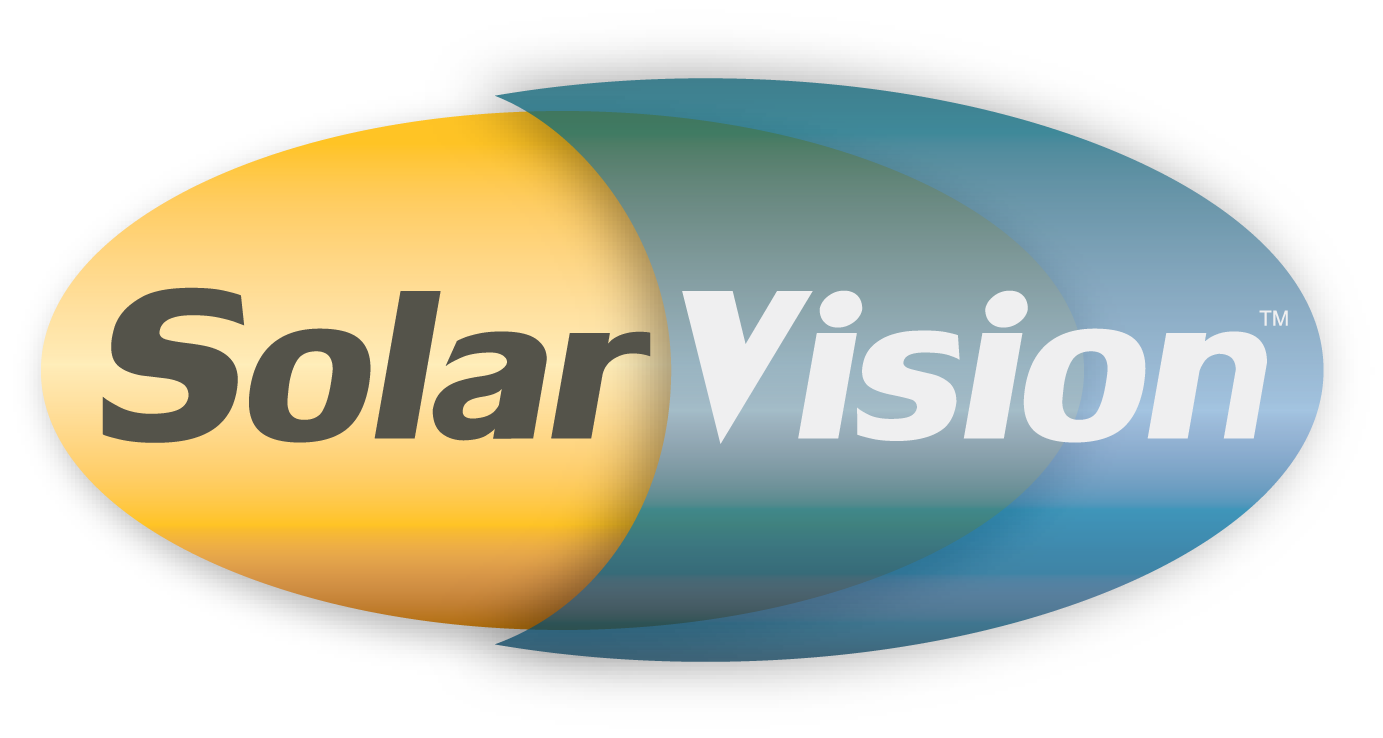Window film can aid in reducing light pollution. In creating buildings that are environmentally and socially responsible, designers seek LEED credits. LEED is a building certification program developed by the US Green Building Council. Credits are given for new building construction and major renovations. There are 9 possible points a building project can achieve through the use of window film. One credit can be earned in the area of light pollution reduction. Light pollution is misused light or misdirected light.
The light pollution creates:
- Sky Glow which is a hazy glow over urban areas caused by light escaping into the night sky.
- Glare shining into the eyes of pedestrians or drivers.
- Light Trespass which is light shining into a neighboring buildings.
- Light clutter such as in the area of Las Vegas casinos.
Light pollution effects all of us by:
- Consuming valuable natural resources. Hundreds of millions of coal and oil are used.
- Polluting through the use of fossil fuels.
- Disrupting nocturnal wildlife. One example is the baby sea turtles in Florida who move toward the artificial light on the beach instead of the natural light of the moon's glow that leads them out to sea.
- Affecting human health by disrupting circadian rhythms and melatonin production, depressing the immune system, and disrupting sleep patterns.
- Destroying the enjoyment of the view of the starry night sky. (www.starrynightlight.com)
Window film is not the cure for all those things, but it can play a part.
The goal of the credit for Light Pollution Reduction is:
Minimize light trespass from the building and site, reduce sky-glow to increase night sky access, improve nighttime visibility through glare reduction, and reduce development impact on nocturnal environments.
One way window film can meet this requirement is to reduce the amount of light passing through a window from the inside to the outside by up to 85% while minimizing the reflection from the interior lights. Even at night an amazing view can be maintained. (multimedia.3m.com/mws/media/6636910/sustainable-design-information-sheet.pdf)
To see if a project qualifies for this credit most of the internal light has to fall within the building. Luminosity measurements are taken outdoors with all the lights off and are compared to the measurements with all the lights on. The credit is achieved if the outdoor illumination level does not increase more than 10 % with the lights on. Window films with lower visible light transmission ratings will greatly reduce the light trespass from the buildings.
Our Solar Vision representative can help you find the right film that can meet your needs for reducing light trespassing.





